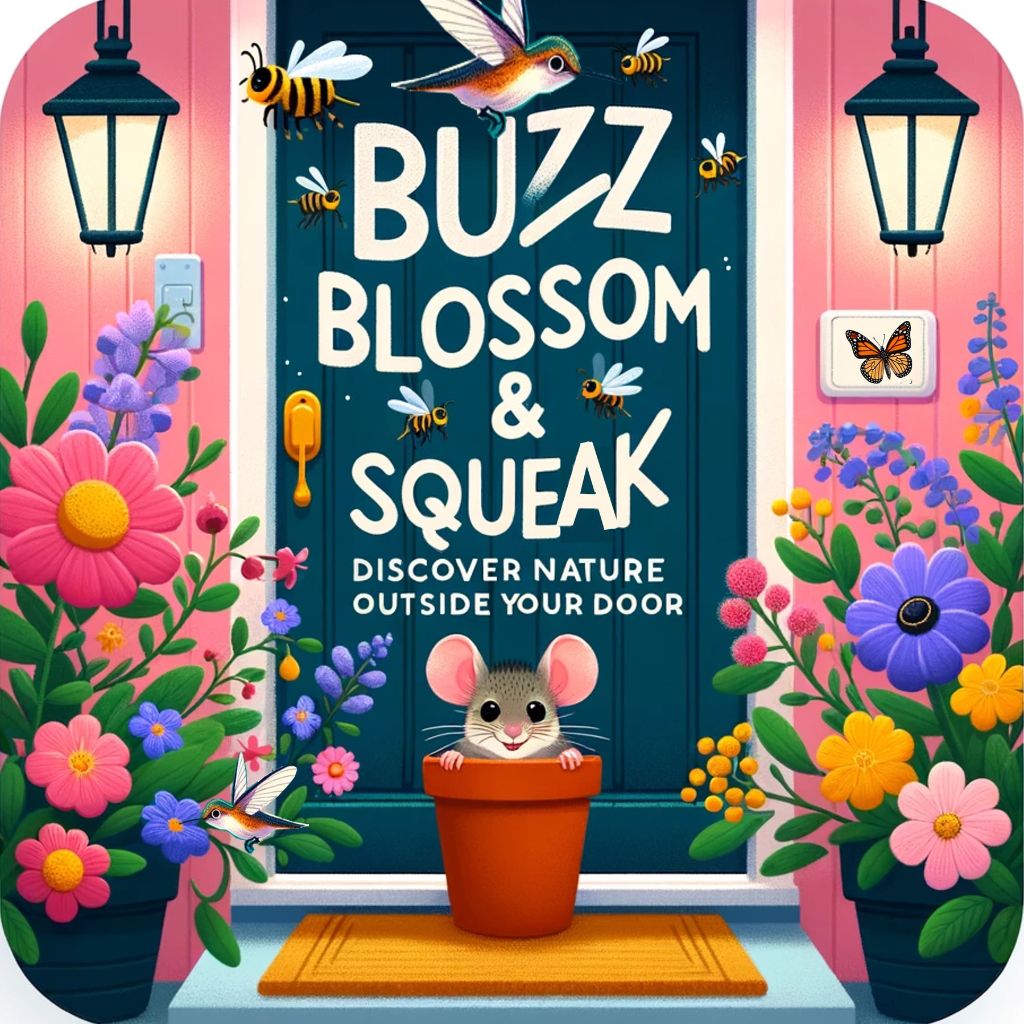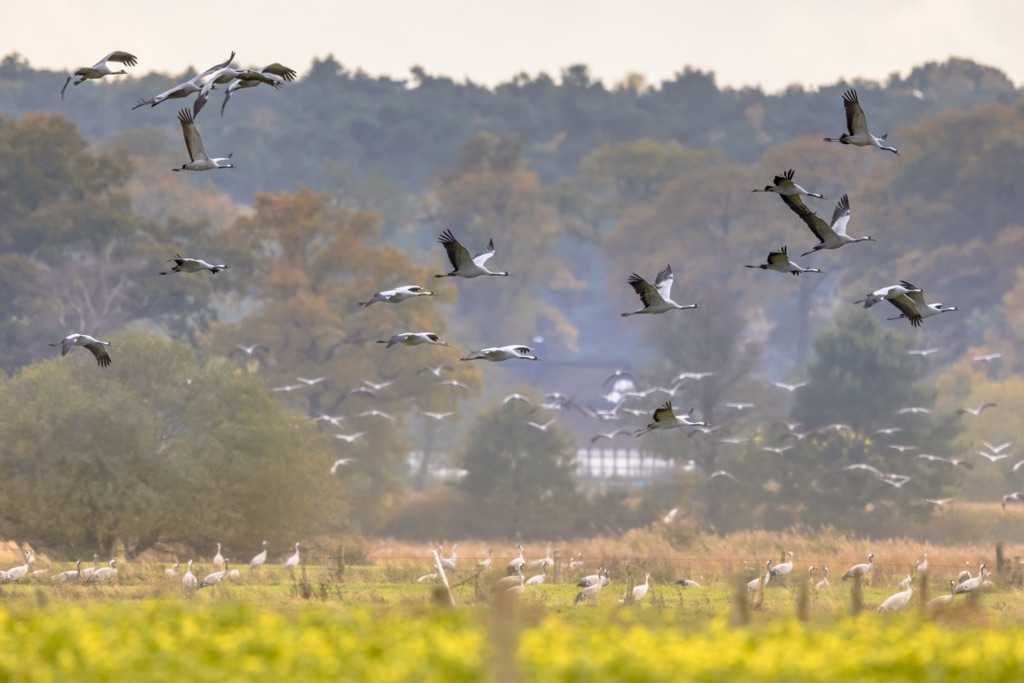Migration is one of nature’s most spectacular phenomena. Every year, billions of birds take to the skies, traveling thousands of miles across continents. But amidst the awe, one question often comes to mind: are birds tired from migration? It’s a simple query with a surprisingly complex and fascinating answer.
The Wonder of Migration Season
Spring migration is a special time for bird watchers. In the North Woods, Jill and Al gear up for one of the most thrilling seasons—when birds from all over pass through on their way to the Arctic or summer nesting grounds. For a brief window, they witness rare and beautiful species like snow geese, cackling geese, and warblers. Timing is everything. Birds might only stay a week or less, so spotting them requires dedication.
Yes, Birds Get Tired—And Here’s Why
Birds aren’t just casually flapping their way north. Migration is a strenuous, high-stakes journey. To prepare, birds alter their physiology—packing on fat for energy, modifying internal organs, and elevating stress hormones like cortisol, just like we do when under pressure. These changes take a toll.
Birds often arrive at stopovers visibly exhausted. Jill describes seeing geese and swans land near ponds and immediately begin napping or feasting intensely. This isn’t just a snack break; it’s vital recovery. Their eating is what scientists call hyperphagia—a drive to consume large quantities of high-energy food to replenish fat stores.
Sleep in the Sky?
Some birds don’t stop often during migration. Instead, they’ve evolved remarkable strategies like unihemispheric sleep—where one half of the brain sleeps while the other stays alert. This allows them to keep flying safely. Others might doze mid-air in a minimal sleep state, akin to human power naps. These adaptations help conserve energy and protect their cognitive functions during the long haul.
Built to Fly, But Not Invincible
Birds are physically built for migration. Their flight muscles are incredibly efficient, converting up to 85% of energy into flight power—far better than any aircraft. They glide often to conserve energy and fly in V formations to reduce wind resistance for the group, a technique similar to how race cars draft each other.
They also have more effective respiratory systems than mammals, ensuring oxygen is used to its fullest. But even with these advantages, migration leaves them vulnerable to exhaustion, disease, and even death. Their immune systems are often weakened, making pathogens like bird flu especially dangerous during this time.
Where Birds Stop—and Why It Matters
Stopovers are more than pit stops; they’re critical survival checkpoints. Birds seek out locations based on species-specific needs—waterfowl prefer ponds, while songbirds look for tree cover and insects. These places must offer high-fat foods and antioxidants to repair flight damage and reduce oxidative stress.
Through data from citizen science projects like eBird, researchers now know more than ever about where birds choose to rest. This data also reveals shifting migration routes, possibly due to climate, habitat change, or weather patterns. One year, birds might be plentiful in one area and absent the next.
East vs. West: A Tale of Two Migrations
Interestingly, birds migrate differently depending on geography. In the eastern U.S., many birds don’t shy away from agricultural lands or human development. In the west, they tend to avoid human activity more. This might be due to the availability of food or just habitat preference. We still don’t know exactly, but one thing is clear: birds adapt.
How You Can Be Part of the Journey
Whether you’re a seasoned birder or a beginner, migration season is a chance to witness something magical. Take Jill’s advice and look for a bird that doesn’t normally reside in your area. Use tools like eBird.org to track sightings. Not only will you have a rewarding experience, but you’ll also contribute to important science.
Final Thoughts: Resilience with Wings
Birds show us what resilience looks like. They undertake immense challenges and adapt in brilliant ways—from their sleep strategies to their efficient use of energy. While migration is a natural part of their life cycle, it’s also an intense period of stress and vulnerability.
So the next time you see a flock overhead or spot a bird pausing at your feeder, take a moment to appreciate the journey it’s on. Migration isn’t easy. But it’s a testament to the strength and grace of these incredible creatures.

